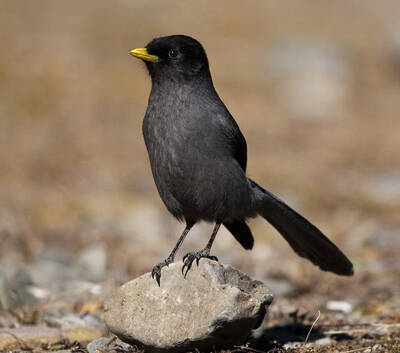
Perisoreus internigrans
Perisoreus internigrans,Black-hcoled Jay
Black-headed Jay, no subspecies.Black-headed Jay usually moves alone or in p···
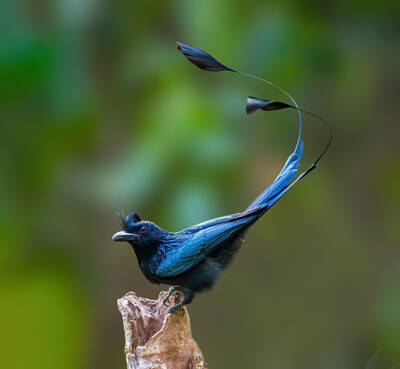
Dicrurus paradiseus
Dicrurus paradiseus,Greater Racket-tailed Drongo,Large drongo, long-tailed drongo, arrow-bearing bird
Greater Racket-tailed Drongo has 13 subspecies.Greater Racket-tailed Drongo ···
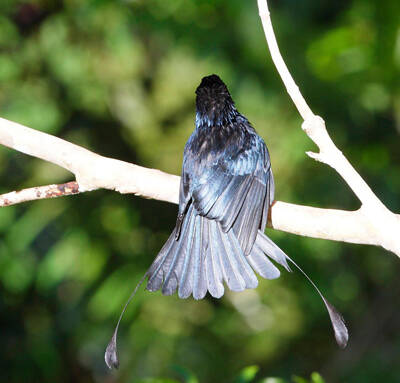
Dicrurus remifer
Dicrurus remifer,Lesser Racket-tailed Drongo,Small tennis ball
Lesser Racket-tailed Drongo has four subspecies.Lesser Racket-tailed Drongo ···
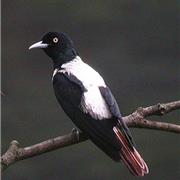
Oriolus mellianus
Oriolus mellianus,Silver Oriole,Magpie oriole, magpie-colored oriole, magpie-colored oriole
Silver Oriole, a medium-sized songbird, is a single species with no subspeci···
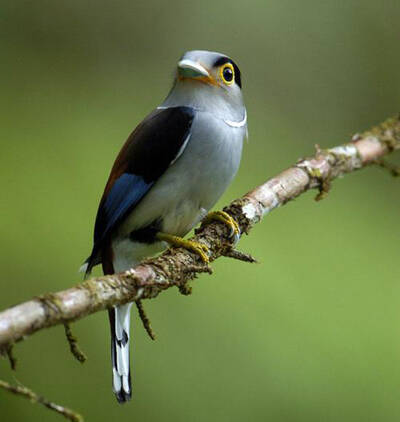
Serilophus lunatus
Sliver-breasted Broadbill,Serilophus lunatus,Hainan broadbill, Silver-breasted silky broadbill
Silver-breasted Broadbill, also known as Silver-breasted Broadbill, has 10 s···
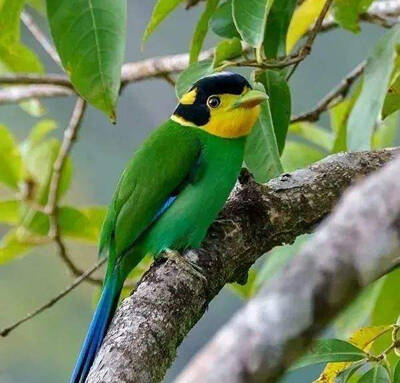
Psarisomus dalhousiae
Psarisomus dalhousiae,Long-tailed Broadbill
The foreign name of the long-tailed broadbill is Long-tailed Broadbill, and ···
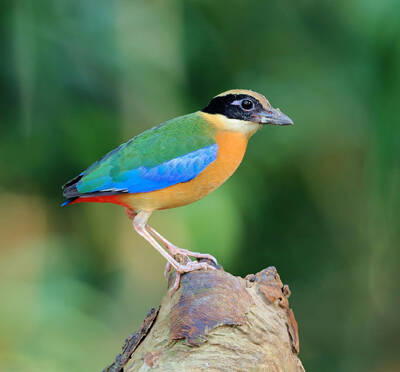
Pitta brachyura
Pitta brachyura,Indian Pitta,Five-colored bird, Indian Pitta
The blue-winged pitta is called Indian Pitta in foreign language, and has no···
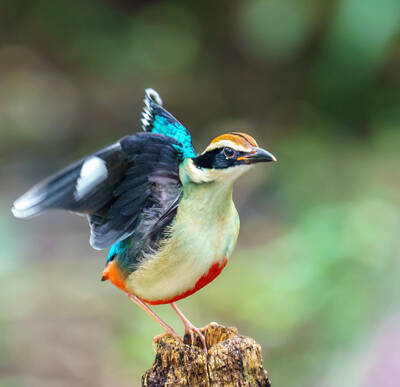
Pitta nympha
Pitta nympha,Fairy Pitta
Fairy Pitta, also known as Fairy Pitta, has two subspecies.Fairy Pitta is a ···
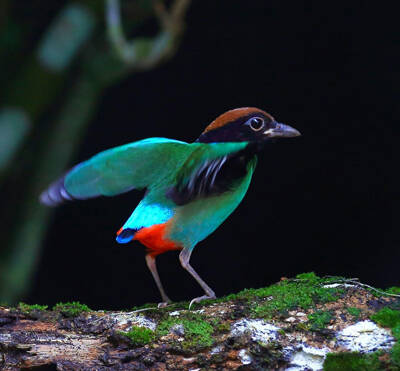
Pitta sordida
Pitta sordida,Hooded Pitta
The green-breasted pitta is called Hooded Pitta in English, and has 12 subsp···
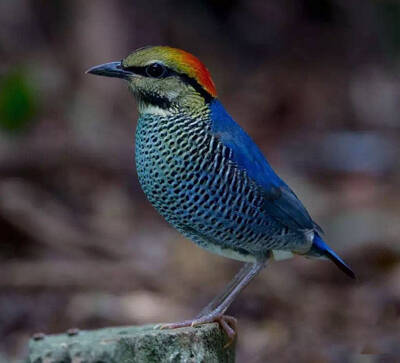
Pitta cyanea
Pitta cyanea,Blue Pitta,
Blue Pitta, also known as Blue Pitta, has three subspecies.Blue Pitta runs o···
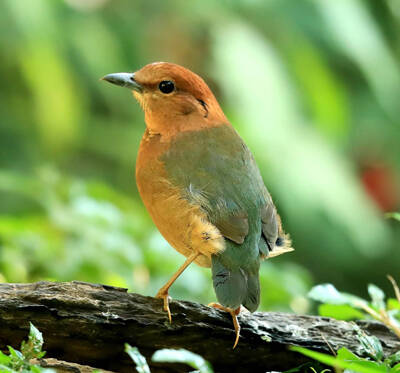
Pitta oatesi
Pitta oatesi,Rusty-naped Pitta,Guoba Que
The Rusty-naped Pitta is called Rusty-naped Pitta in English, and has 4 subs···
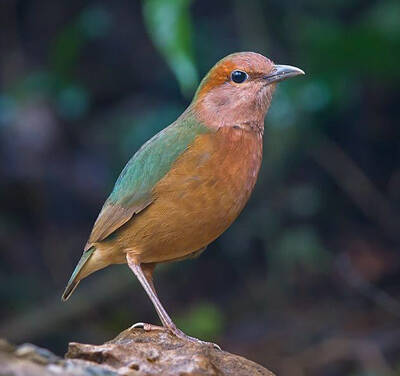
Pitta soror
Pitta soror,Blue-rumped Pitta
Blue-rumped Pitta, also known as Blue-rumped Pitta, has 5 subspecies.Blue-ru···
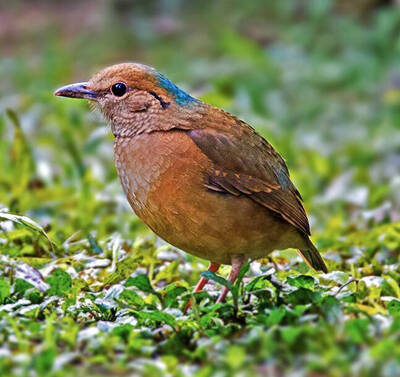
Pitta nipalensis
Pitta nipalensis,Blue-naped Pitta
Blue-naped Pitta, also known as Blue-naped Pitta, is a medium-sized bird of ···
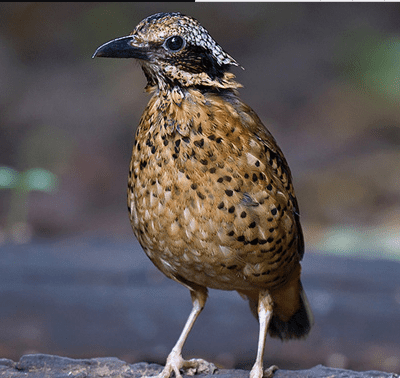
Pitta phayrei
Pitta phayrei,Eared Pitta,Magpie Yellow Oriole
Double-braided Pitta, with no subspecies.Double-braided Pitta forages in bam···
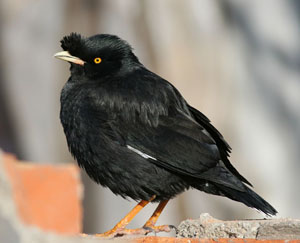
Acridotheres cristatellus
Acridotheres cristatellus,Crested Myna,Black starling, thrush, cold starling, crested starling, liaogezi
Starlings are common in southern my country. They are not only important agr···
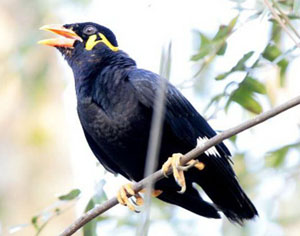
Gracula religiosa
Gracula religiosa,Common Hill Myna,, Qinjile, Jiugong bird, Hainan myna, Hainan starling, Indian grek
The characteristic of the myna is the orange-yellow wattles and hems on the ···
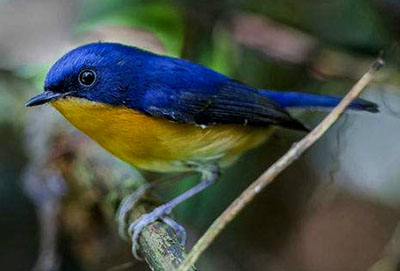
Ficedula hodgsoni
Dwarf Blue Flycatcher, White-browed Ochre-breasted Flycatcher, White-browed Purple Sand Flycatcher, Flycatcher, Wheat Flycatcher
The body of the Dwarf Blue Flycatcher is very small, about 10 cm; the beak i···
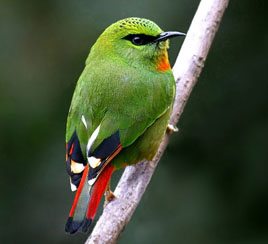
Myzornis pyrrhoura
Fire-tailed Green Babbler
The Fire-tailed Green Thrush is a small bird of the family Ornithogalidae an···
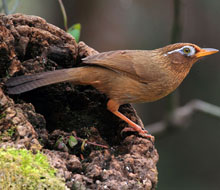
Garrulax canorus
Hwamei,Thrush,Chinese Thrush
The thrush is a medium-sized bird in the class Aves and family Thrush. Body ···
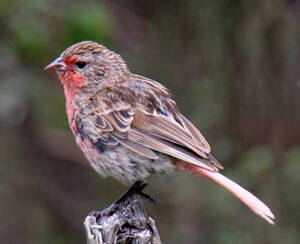
Urocynchramus pylzowi
Urocynchramus pylzowi,Pink-tailed Bunting,Pink-tailed Rosefinch,Ground hemp
Pink-tailed Bunting is a species of the family Pinnipedae, with no subspecie···
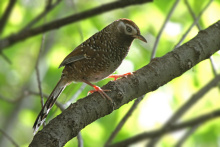
Garrulax bieti
Garrulax bieti,White-speckled Laughingthrush,
White-speckled Laughingthrush is a species endemic to southwestern China. Th···
